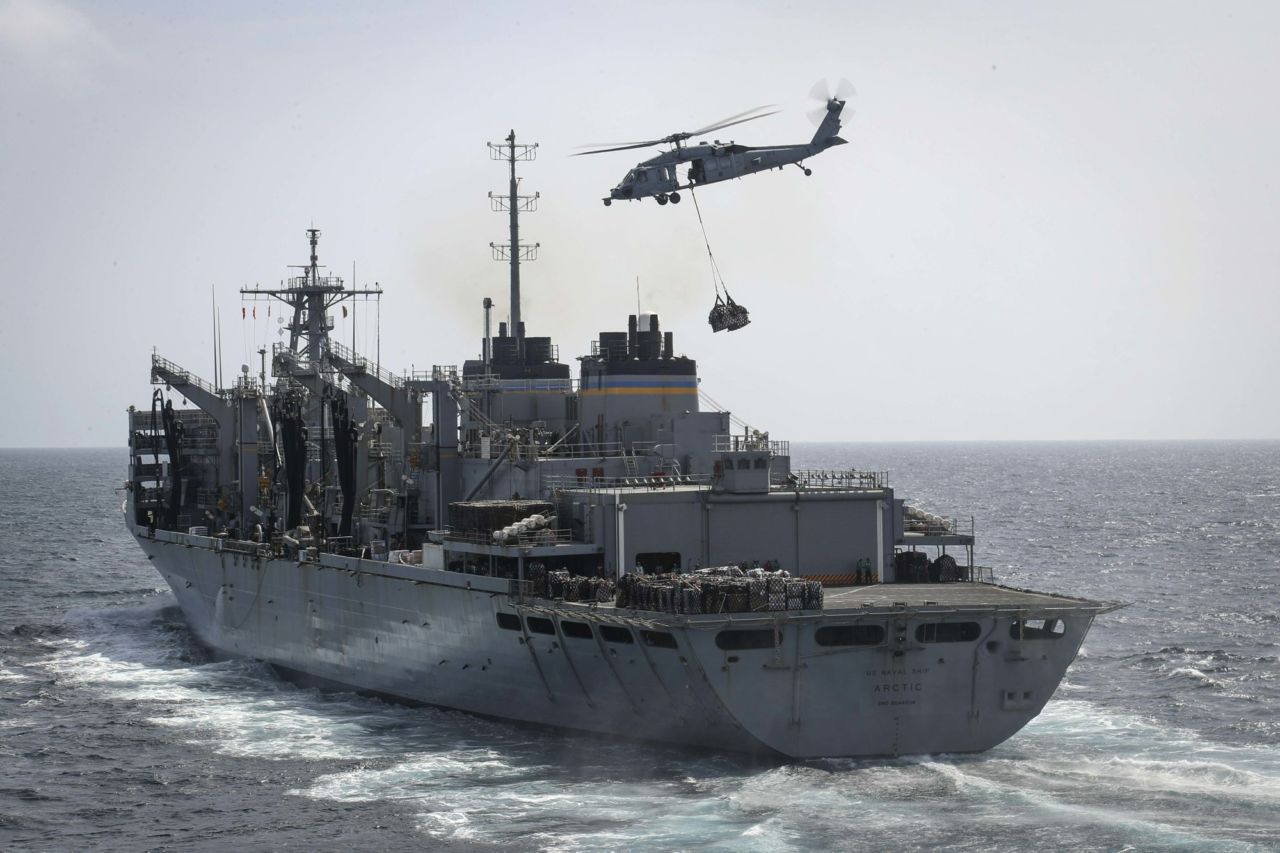World
Yemen rebels say drone hits arms depot at Saudi airport

DUBAI, United Arab Emirates (AP) — Yemen’s Houthi rebels said Tuesday they launched a bomb-laden drone targeting an airport in Saudi Arabia that also has a military base inside of it, an attack acknowledged by the kingdom as Mideast tensions remain high between Iran and the U.S.
The attack on Najran comes as Iran quadrupled its uranium-enrichment production capacity amid tensions with the U.S. over Tehran’s atomic program, nuclear officials said Monday, just after President Donald Trump and Iran’s foreign minister traded threats and taunts on Twitter.
Iranian officials made a point to stress that the uranium would be enriched only to the 3.67% limit set under the 2015 nuclear deal with world powers, making it usable for a power plant but far below what’s needed for an atomic weapon.
But by increasing production, Iran soon will exceed the stockpile limitations set by the accord. Tehran has set a July 7 deadline for Europe to set new terms for the deal, or it will enrich closer to weapons-grade levels in a Middle East already on edge. The Trump administration has deployed bombers and an aircraft carrier to the region over still-unspecified threats from Iran.
In the drone attack, the Houthi’s Al-Masirah satellite news channel said early Tuesday they targeted the airport in Najran with a Qasef-2K drone, striking an “arms depot” there. Najran, 840 kilometers (525 miles) southwest of Riyadh, is right on the Saudi border with Yemen and has repeatedly been targeted by the Iranian-allied Houthis.
President Donald Trump is threatening to meet provocations by Iran with “great force,” but says he’s also willing to negotiate. (May 20)
Tap to unmute
A statement earlier Tuesday on the state-run Saudi Press Agency quoted Saudi-led coalition spokesman Col. Turki al-Maliki as saying the Houthis “had tried to target” a civilian site in Najran, without elaborating. It was not clear if there were any injuries.
Al-Maliki warned there would be a “strong deterrent” to such attacks and described the Houthis as the “terrorist militias of Iran.” Such Houthi attacks in the past have sparked rounds of Saudi-led airstrikes on Yemen, which have been widely criticized internationally for killing civilians.
Civilian airports throughout the Middle East often host military bases.
The New York Times last year reported that American intelligence analysts were based in Najran assisting the Saudis and a U.S. Army Green Berets deployment on the border. The Pentagon and the U.S. military’s Central Command did not immediately respond to requests for comment.
Last week, the Houthis launched a coordinated drone attack on a Saudi oil pipeline amid heightened tensions between Iran and the U.S.
That came as already this month, officials in the United Arab Emirates alleged that four oil tankers were sabotaged and U.S. diplomats relayed a warning that commercial airlines could be misidentified by Iran and attacked, something dismissed by Tehran.
Iran’s enrichment announcement came after journalists visiting the country’s underground enrichment facility in Natanz were given a statement by an unidentified nuclear scientist who wore a surgical cap and a mask. His outfit wasn’t explained, although Israel is suspected of targeting Iranian nuclear scientists.
The state-run IRNA news agency later quoted Behrouz Kamalvandi, the spokesman of the Atomic Energy Organization of Iran, as acknowledging that capacity had been quadrupled. He said Iran took this step because the U.S. had ended a program allowing it to exchange enriched uranium to Russia for unprocessed yellowcake uranium, as well as ending the sale of heavy water to Oman. Heavy water helps cool reactors producing plutonium that can be used in nuclear weapons.
Kamalvandi said Iran had informed the International Atomic Energy Agency of the development. The Vienna-based U.N. nuclear watchdog did not respond to a request for comment. Tehran long has insisted it does not seek nuclear weapons, though the West fears its program could allow it to build them.
Before Iran’s announcement, Trump tweeted: “If Iran wants to fight, that will be the official end of Iran. Never threaten the United States again!”
Trump’s remarks reflect what has been a strategy of alternating tough talk with more conciliatory statements he says is aimed at keeping Iran guessing at the administration’s intentions. He also has said he hopes Iran calls him and engages in negotiations.
He described his approach in a speech Friday, saying, “It’s probably a good thing because they’re saying, ‘Man, I don’t know where these people are coming from,’ right?”
But while Trump’s approach of flattery and threats has become a hallmark of his foreign policy, the risks have only grown in dealing with Iran, where mistrust between Tehran and Washington stretch four decades. While both sides say they don’t seek war, many worry any miscalculation could spiral out of control.
Iranian Foreign Minister Mohammad Javad Zarif soon responded by tweeting that Trump had been “goaded” into “genocidal taunts.” Zarif referenced both Alexander the Great and Genghis Khan as two historical leaders that Persia outlasted.
“Iranians have stood tall for a millennia while aggressors all gone,” he wrote. “Try respect – it works!”
Zarif also used the hashtag #NeverThreatenAnIranian, a reference to a comment he made during intense negotiations for the 2015 nuclear accord.

